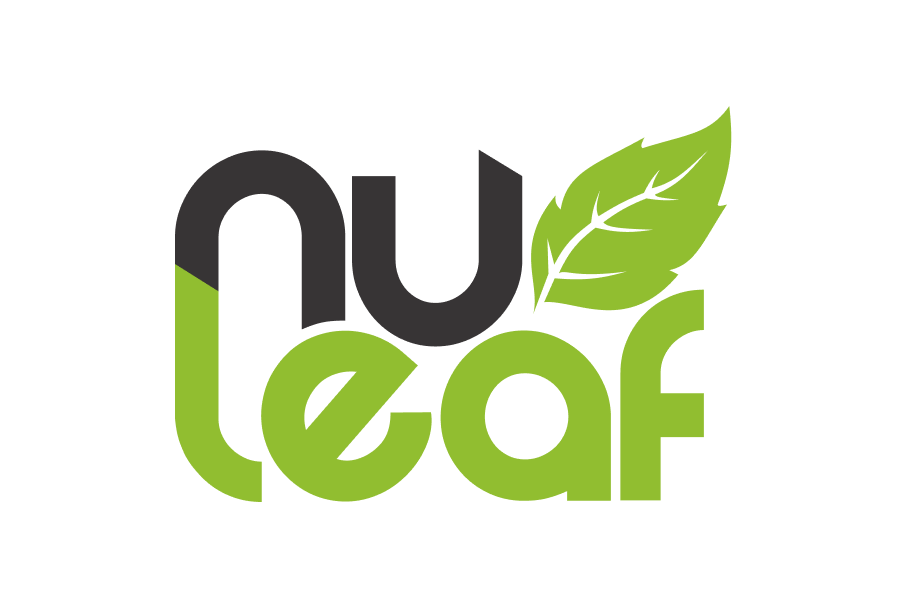Our Blog
5 things every website should have

1. Responsive design
A responsive website is one that changes its appearance depending on the device it is viewed on. For example, if a customer reads your website on their desktop and then changes to their phone, the site would not just display desktop-sized on the smaller screen — this would appear cramped and chaotic. A responsive design simplifies your site and makes it easy to read on a smaller device. This component of a website is critical because more and more people browse the internet, shop and socialize on their phones and tablets, and your website must allow them to easily switch devices without losing them.
2. Helpful navigation
When your visitors arrive at your website, they should be able to find their way around in a few of seconds. A drop-down navigation bar at the top of your site is a typical and extremely simple approach to organise your website's pages and links. Plan up your site map logically, then ensure that each link leads to the correct page. Broken or misdirected links will cause users to lose interest in your site, grow frustrated, and eventually depart.
3. Strong brand identity
Before you begin a website redesign, consider how you want your brand to be represented. Consider the colour scheme, typeface, type of images and photos, amount of material and empty space, tone of voice, and message of your brand... All of these factors contribute to the development of a unified brand that will quietly enlighten your visitor about who you are and what you do. A muddled brand identity will leave your visitors perplexed and unable to relate to your business.
4. Social media buttons
A website that does not use social media misses out on a great opportunity to communicate with potential clients. Almost everyone who uses the Internet has a social media presence on one of the major networks. Include connections to your company's social profiles, as well as "share" buttons, in your material. Consider developing company accounts on Twitter, Facebook, LinkedIn, Google+, YouTube, and Pinterest if you haven't already.
5. Clear calls-to-action
Being specific about what you want your site visitors to perform can assist guide them and eliminate uncertainty. Be specific across your site – whether you want people to subscribe to your blog, fill out a contact form, download information, etc. Use strong, energetic, and urgent wording (Buy/Donate/Register/Subscribe/Download Now!) and place a call-to-action above the fold on every page.






